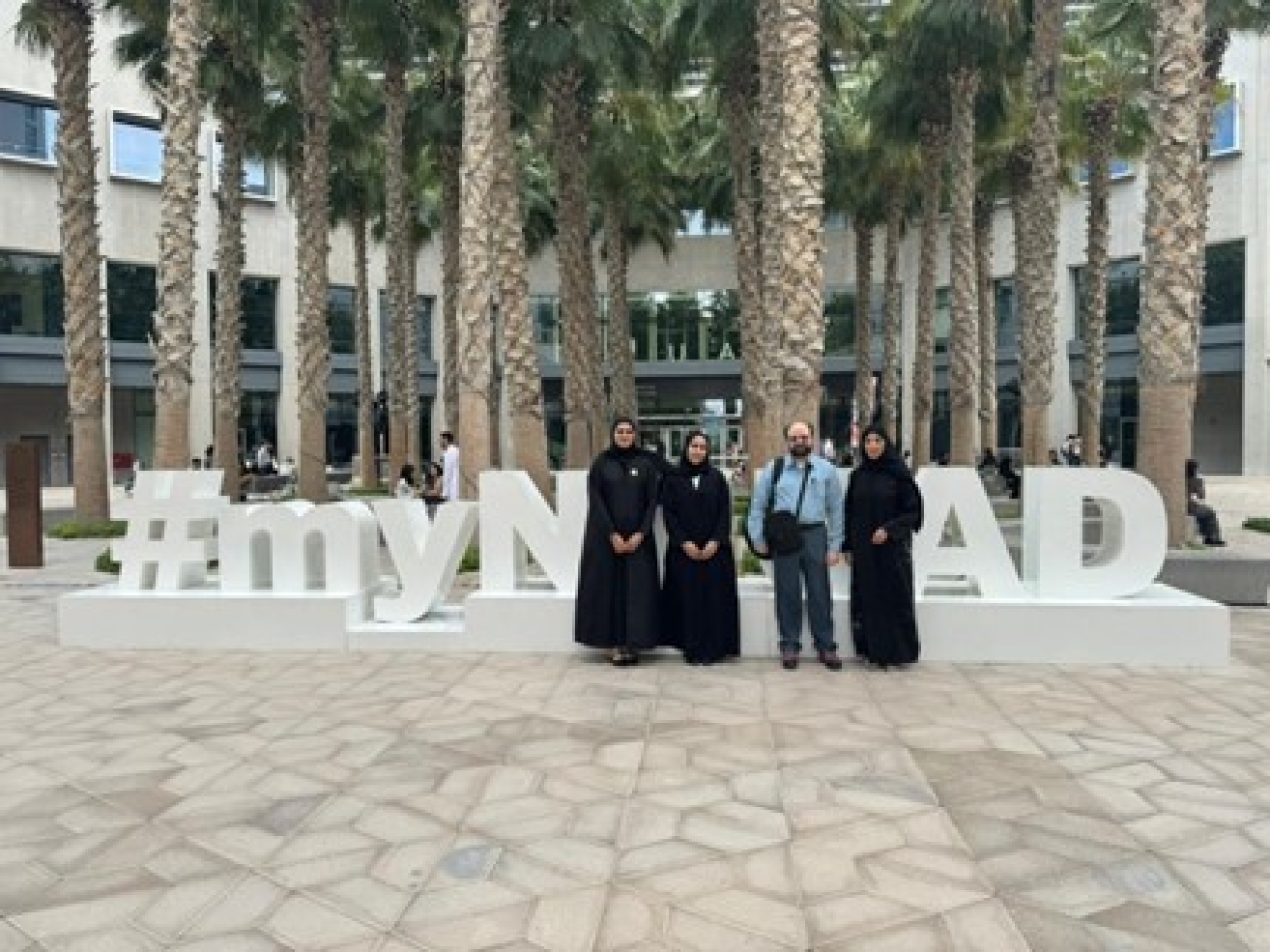Dr. Antonios Manousakis, Noora Alameri, Maryam Alqasimi, and Fatima Alkhateri actively participated in the workshop during the two days. The workshop sessions covered several subjects related to high-energy sources in the universe. Speakers reviewed pulsars, fast radio bursts (FRBs), and X-ray binaries (XRBs). Recent research on objects such as pulsating stars, ultracompact binaries, active Galactic nuclei (AGN), and magnetars were also presented, as well as X-ray telescopes and instrumentation.
Fast Radio Bursts (FRBs) are mysterious and intense bursts of radio waves originating from deep space. They last only a few milliseconds but release as much energy as our sun does in years. The origins of FRBs remain elusive, with various theories suggesting neutron star mergers or highly magnetized objects as potential sources. X-ray Binaries (XRBs) involve a compact object, such as a neutron star or black hole, accreting matter from a companion star. These systems emit X-rays, providing crucial insights into high-energy astrophysics. Recent research has delved into the study of pulsating stars, ultracompact binaries, active Galactic nuclei (AGN), and magnetars, each contributing unique aspects to our understanding of the cosmos. Pulsating stars offer insights into stellar evolution, while ultra-compact binaries help study extreme gravitational interactions. AGN, powered by supermassive black holes, provides a glimpse into galaxies' centers. Magnetars, intensely magnetic neutron stars, exhibit exotic behavior. The advancements in X-ray telescopes and instrumentation have played a pivotal role in these investigations, enabling scientists to explore the high-energy universe with unprecedented precision and depth. The synergy between observational data from these instruments and theoretical models continues to enhance our comprehension of the dynamic and diverse celestial phenomena.



